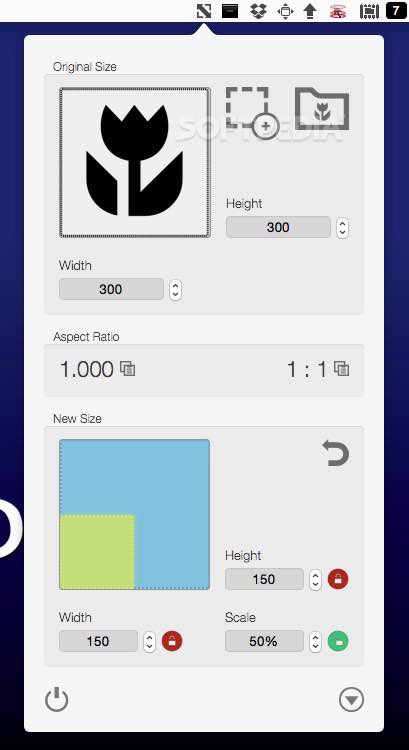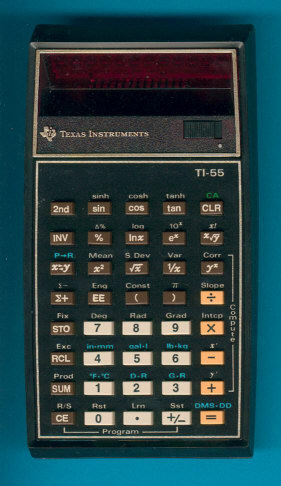
Back in the days when smartphones (and even computer monitors) had resolutions of less than 100 pixels in both the vertical and horizontal direction, the usage of dot pitch was convenient and understandable. The dot pitch is somewhat forgotten, and its value is mostly not used due to the advancements of modern technology. Note that we are using dots and pixels interchangeably, but this might not always be the case. If PPI is a measure of the density of pixels in a given length, dot pitch is the exact opposite: it's the distance between two fixed pixels or dots. This is calculated as the inverse of PPI. The last number that you can find with our calculator is the dot pitch - the distance between two pixels' centers. This value is found as the product of the vertical and horizontal number of pixels, which is then divided by the total area to give another measure of the pixel density, in this case, how many pixels per square inch. Our pixel density calculator also finds the total number of pixels on the display expressed in megapixels (millions of pixels, symbol: Mpx). Remember that the aspect ratio must be the same for both, that is the size of the screen and its resolution. You can use these values instead of the diagonal size of the screen, and it will internally calculate the length of the diagonal using the Pythagorean theorem. You probably noticed that you can also enter the width and height of the display into the PPI calculator. Where dᵢ is the diagonal screen size in inches. Then, you can calculate the PPI as the ratio between the number of pixels along the diagonal and the diagonal screen size: h - Number of pixels along the vertical line.

w - Number of pixels along the horizontal line and.

The most common one is to calculate it from the diagonal screen size (in inches or cm) and the number of pixels along the vertical and horizontal edges of the display.įirst, you need to calculate the number of pixels that fit on the diagonal: Now that we've established what is PPI and reviewed the PPI definition, let's see how you can calculate PPI. For purely virtual images, we have a calculator/converter that allows you to convert between different virtual sizes: the px to em calculator. However, when we're talking about a digital image in a computer, PPI cannot be computed since the digital image varies in size depending on the level of zoom, the size of the screen, etc. For example, a screen or a printed picture has a fixed physical size, so it makes sense to calculate how many pixels per inch there are in such an object. It is important to note that for calculating PPI we need something that has a physical size, not a virtual file. Also worth mentioning is the fact that our pixel density calculator assumes square pixels. There are other measurements of pixels density, such as pixel per square inch, that involve calculating the area of a rectangle that is the screen.

This measurement is based on the fact that screens and images, despite being 2D, have generally the same density along any of the two main axes. The density is measured as the number of pixels that fit on a 1-inch line, hence the name. The technical PPI definition is pixels per inch, and it represents a measurement of the pixel density of a screen or a digital image. PPI is a widely used acronym in tech forums on the Internet, especially those focused on display technology and smartphones.


 0 kommentar(er)
0 kommentar(er)
